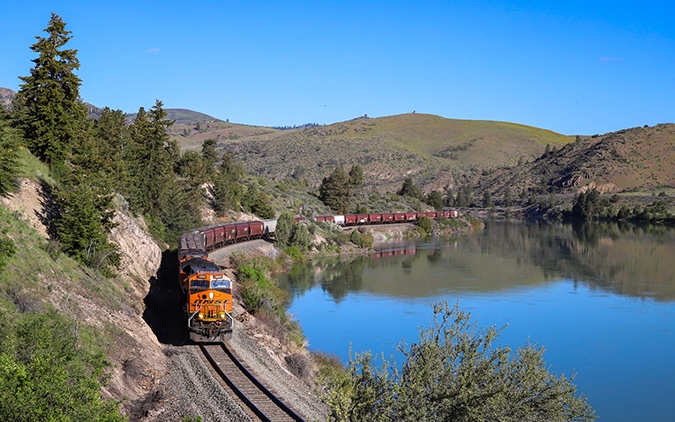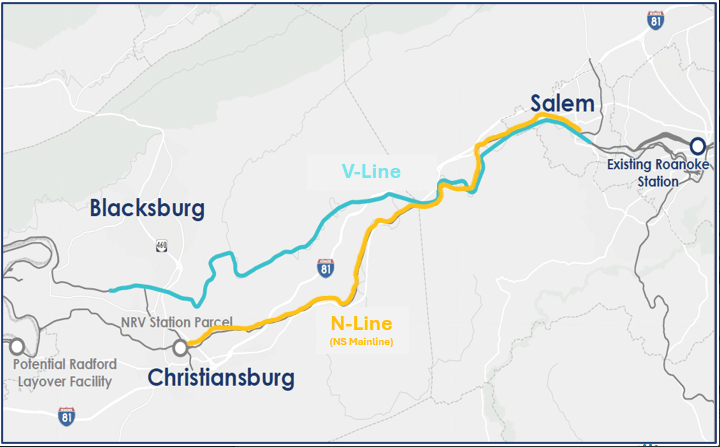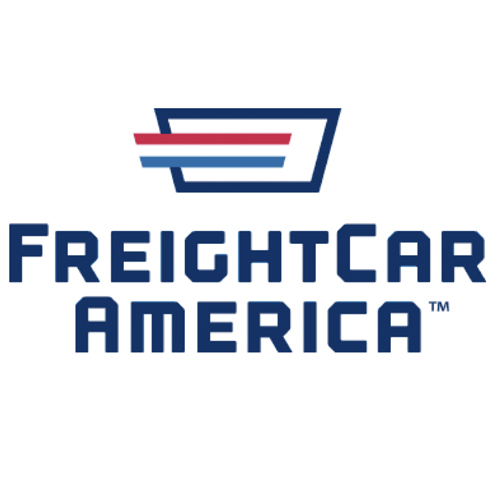
CSX today announced the winners of its third annual CSX Customer Environmental Excellence Awards, which salute shippers who convert a portion of their freight from truck to rail.
“Sustainability is a shared priority between CSX and our customers. Helping them reduce emissions by converting from trucks to rail is an important part of our strategy,” CSX Chief Commercial Officer Kevin Boone said in a statement. “The winners of this year’s awards achieved the highest annual emissions savings totals among all CSX customers, reflecting their commitment to environmental citizenship.”
The customers include Amazon, General Motors, Heidelberg Materials North America, Nissan North America, Tropicana, and WestRock.
To assist customers in making informed decisions about switching to rail transportation, CSX provides an advanced carbon calculator. This tool enables companies to calculate emissions savings for their shipments and gain insights into optimizing supply chain sustainability.
Customers who choose rail over truck transportation can reduce greenhouse gas emissions by 60% to 80%. A typical CSX freight train can carry the equivalent of 280 truckloads and is three to four times more fuel-efficient than highway transportation.
CSX in 2020 became the first U.S. railroad to align with the Science Based Targets initiative, setting a goal to reduce greenhouse gas emissions intensity by 37.3% by 2030, using 2014 as a baseline.
Norfolk Southern, meanwhile, today said its customers could access their 2023 Rail Emissions Report, which provides shippers customers with comprehensive data on the positive environmental impact of shipping by rail, including total carbon dioxide emissions, fuel consumption, and train miles traveled.
More than 25% of NS customers have announced goals for carbon reduction, and the Rail Emissions Report provides customers with visibility into the full lifecycle and carbon footprint of moving a shipment across the NS system. The insights are helping customers make informed decisions about transporting their goods and to develop strategies to both reduce their emissions and meet decarbonization goals, NS says.
BNSF says Tier 4 locomotives play an important role in its commitment to cut greenhouse gas emissions by 30% by 2030 from a baseline year of 2018.
“Wabtec’s Tier 4 locomotives are a compelling sustainable solution for BNSF,” BNSF Vice President of Environmental John Lovenburg said in a statement. “The locomotives reduce operating costs with higher reliability, more tractive effort and improved fuel efficiency. Better fuel efficiency also reduces greenhouse gas emissions.”
For nine years, BNSF has purchased Tier 4 locomotives from Wabtec. Tier 4s, the latest of the Evolution Series locomotives, are designed to reduce criteria pollutant emissions by 70% over standard locomotives.
BNSF now rosters 352 Tier 4 units with another eight to be delivered in May, and roughly 65% of its fleet is Tier 3 or better.













